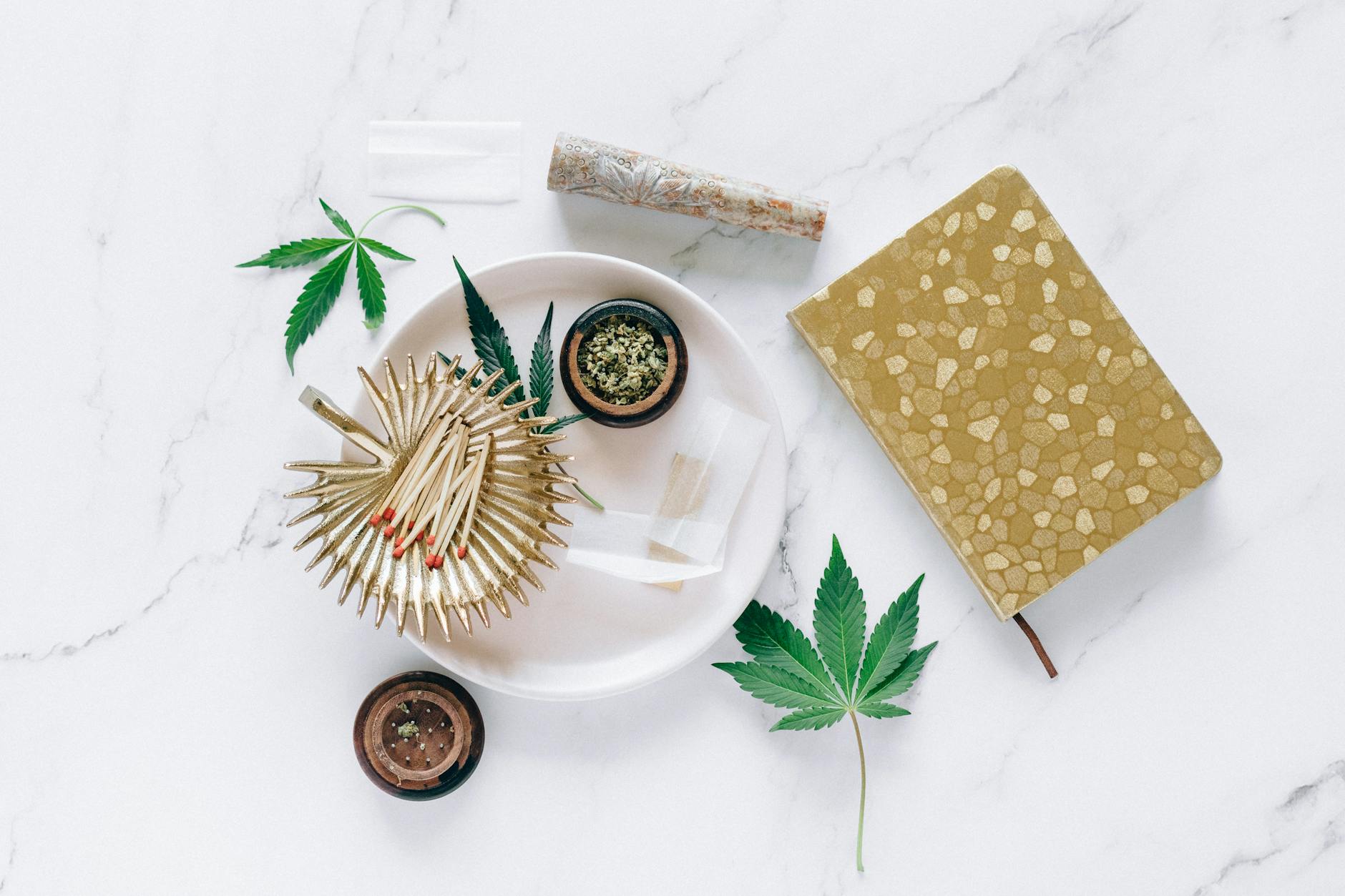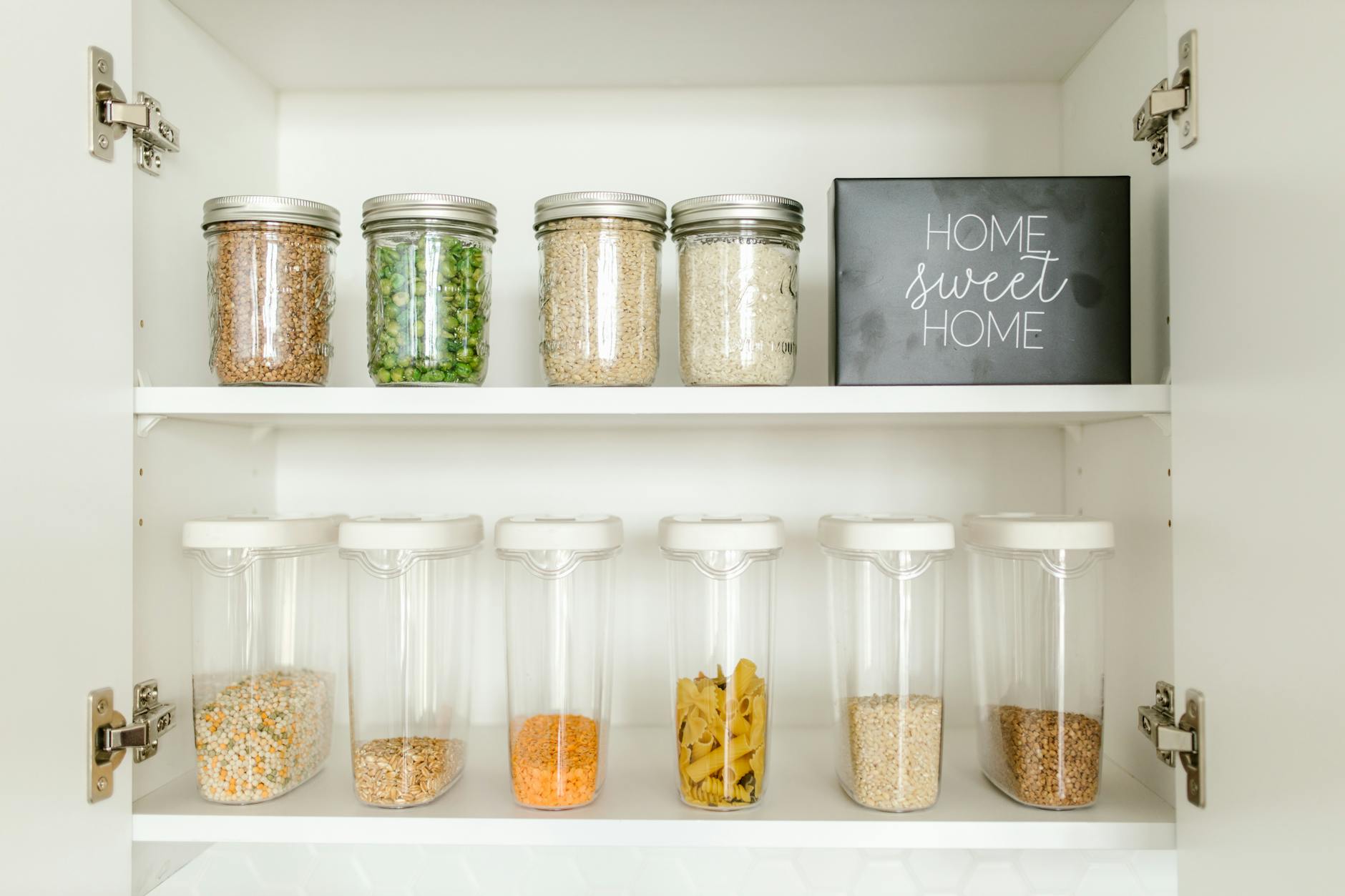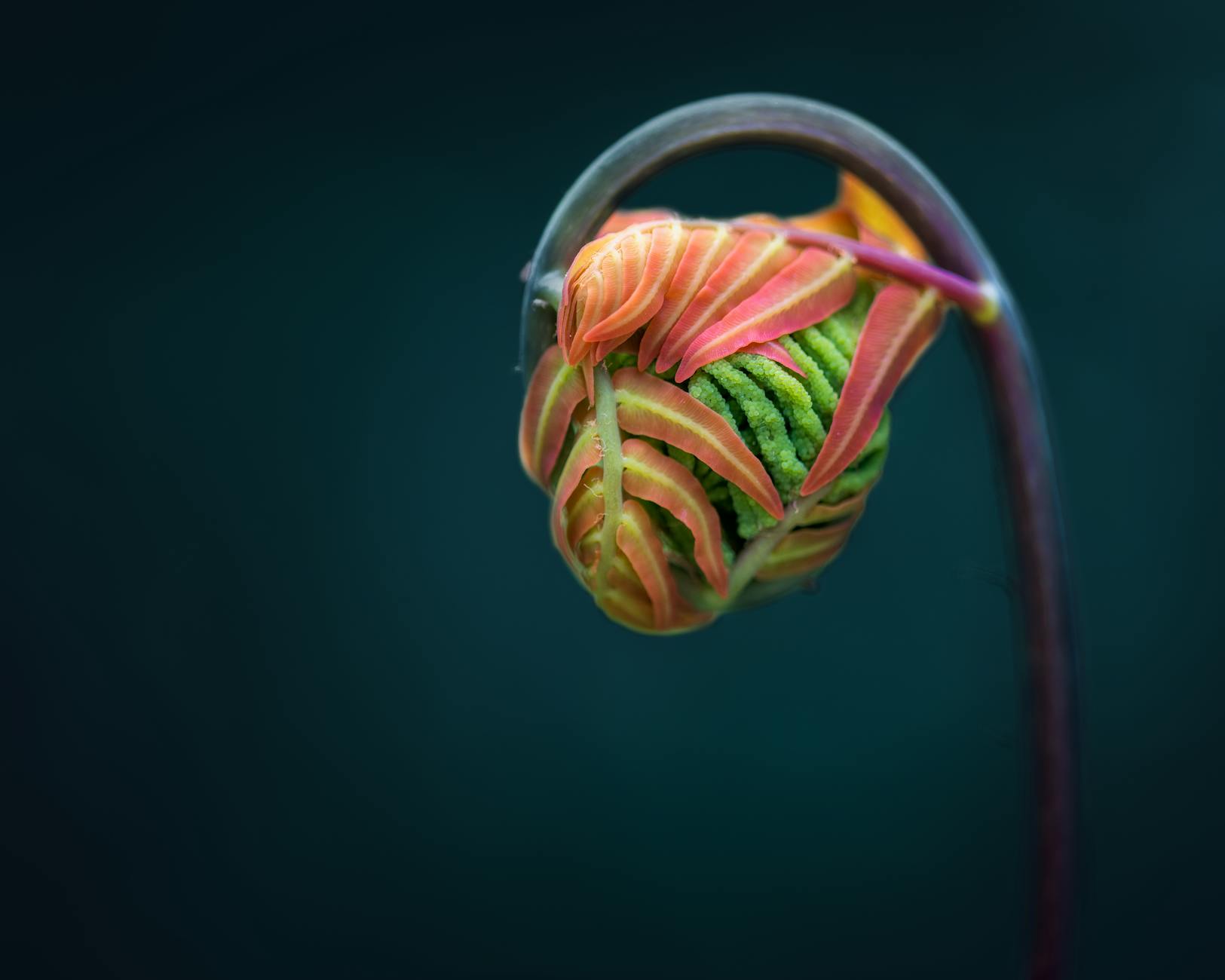In our present times, as cannabis restrictions across the globe relax, an increasing number of horticulture enthusiasts have expressed interest in cannabis cultivation. This article aims to shed light on the variety of techniques that could optimize your cannabis yield – presenting a comprehensive overview from strain selection and planting to the harvesting and curing process.
One of the primary considerations in cannabis cultivation is the selection of the cultivation site. While both indoor cannabis growing and outdoor cannabis growing have their merits, the choice heavily depends on your geographic location, resources, and personal preferences. Outdoor growing leverages natural sunlight and has the potential for larger plants, but environmental control is minimal. On the other hand, indoor cultivation provides an environment that’s easier to control, despite a higher overhead cost.
For indoor cultivation, an essential aspect is mastering light cycles. Cannabis has two main growth stages: the vegetative stage and the blooming stage. Each stage requires different light exposure, ranging from 18-24 hours during the vegetative stage to a strict 12/12 hour light/dark schedule during the blooming period.
A paramount decision in the early stages of cannabis cultivation is to choose between soil cultivation and hydroponics – the practice of growing plants without soil. Soil is the traditional medium and is often favored for its ease and simplicity. By contrast, hydroponics can increase yield and speed up growth but incurs a steeper learning curve.
Once your plants are growing, pruning and training techniques can be implemented to increase yields. By removing unnecessary foliage and redirecting energy to bud production, you can optimize your plant’s growth. Training methods such as ‘Low-Stress Training’ and ‘Screen of Green’ are trendy among cultivators to enhance light exposure and support horizontal growth.
In tandem with proactive plant management, a thoughtful approach to nutrient management is critical to healthy plant growth. Depending on the growth stage, your cannabis plants will require different ratios of macronutrients – nitrogen (N), phosphorous (P), and potassium (K) – and an array of micronutrients.
In addition to nutritional provisions, cultivators must ensure pest control to safeguard the crop’s health and yield. Biological pest control, particularly beneficial insects like ladybugs and lacewings, provides a natural and effective solution against harmful pests.
Strain selection is yet another crucial aspect of cannabis cultivation. The choice should account for factors such as the plant’s growing conditions, required care level, and the desired properties in the final product.
The cultivation cycle is capped off with effective harvesting and curing processes, which can significantly impact the potency and flavor of your buds. Harvesting at the correct time is paramount, usually when a majority of your trichomes – small resin-secreting stalks – have turned milky white to amber. Curing, which involves drying the buds and storing them in a controlled environment, can enhance flavor and potency while eliminating any remaining impurities.
To conclude, cannabis cultivation is a process that requires meticulous planning, constant care, and comprehensive knowledge about the plant’s requirements. Through an effective combination of these cutting-edge techniques, even novice cultivators can achieve a fruitful harvest.
Remember, cannabis cultivation is subject to local laws and regulations, and growers should adhere to them strictly. The information in this article is for educational purposes only and does not advocate or encourage illegal activities.



